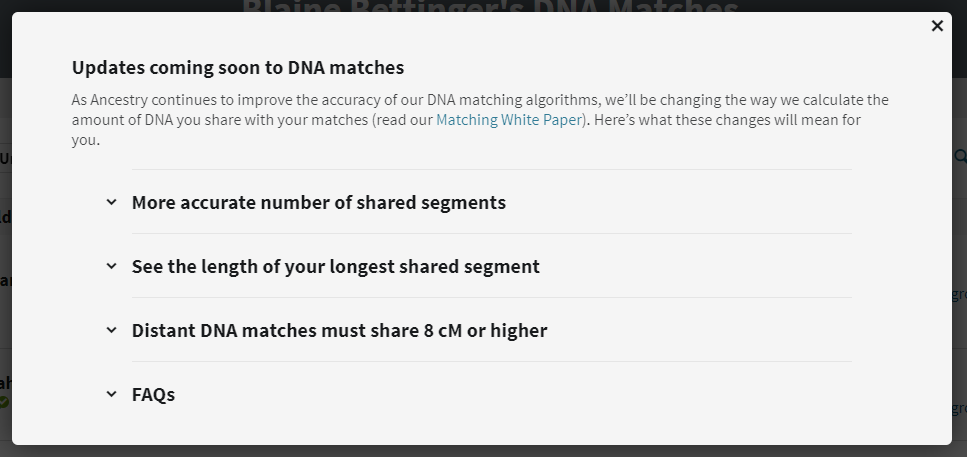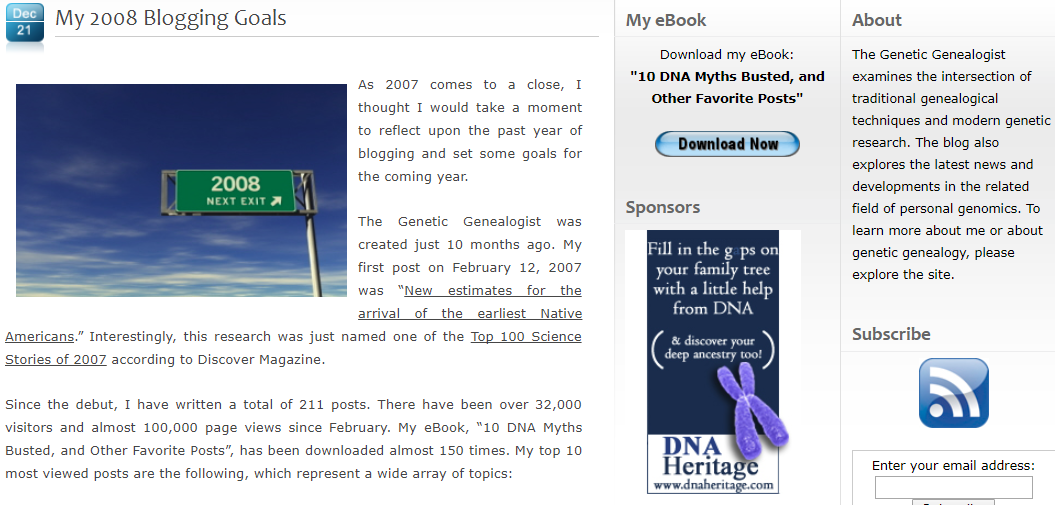An In-Depth Analysis of the Use of Small Segments as Genealogical Evidence
TL:DR Executive Summary:
- The size of a “small segment” is not strictly defined but is generally less than 10 cM and preferably less than 7 cM;
- A very large percentage of small segments are not valid matching segments (i.e., are false segments), and our ability to distinguish valid segments from false segments is either impossible or very limited;
- Although we cannot reliability utilize a small shared segment as genealogical evidence in most cases, that does not negate the potential value of a genealogical relationship;
- There is no evidence that: (1) triangulating a small segment; or (2) sharing a large segment in addition to the small segment; or (3) finding a shared ancestor, increases the probability that a small segment is valid;
- Even if a small segment is somehow identified as valid, perhaps an even bigger challenge is determining whether the small segment (which can be 10, 20 or more generations old) came from the identified ancestral line or another known or unknown shared ancestral line.
Small segments have long been a controversial subject in the genealogy community. Some love them, some hate them. Here we will look at all the available evidence surrounding small segments, some of the misconceptions associated with them, and some of the ways we might be able to utilize small segments in our research.
What are “Small Segments”?
One of the biggest problems surrounding the discussion of small segments it that there is no strict definition of the term. A “small segment” to one person might be anything 5 cM or less, while a “small segment” to another person might be anything less than 10 cM. And there are many other variations. For purposes of this analysis, we will define a small segment as any single segment of DNA less than 8 cM (although segments as high as 10 cM or more can be problematic as well).



